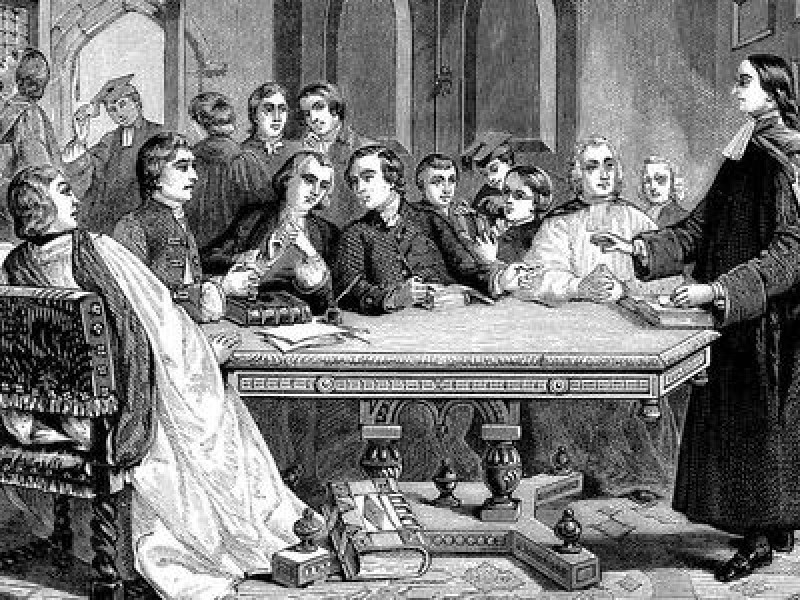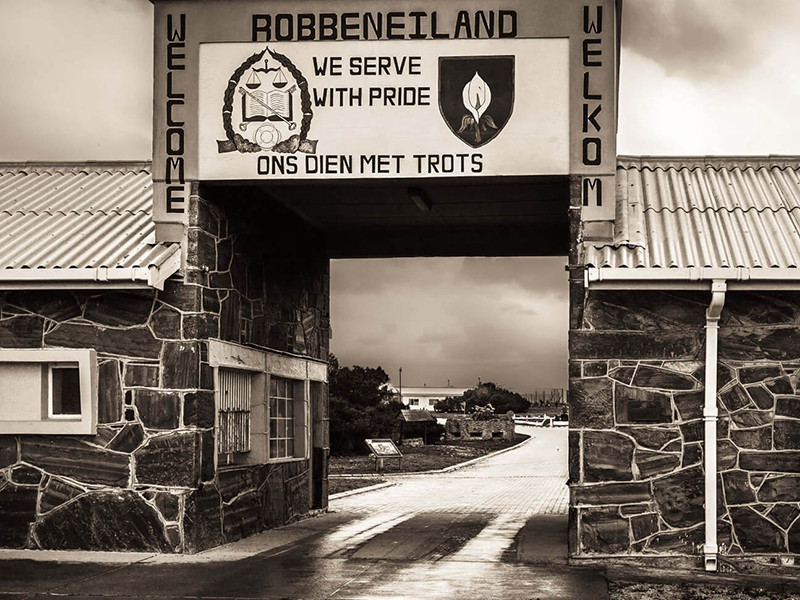Media and Communications

What's Inside

Introduction
The invention of the printing press in the fifteenth century proved transformational, increasing the speed and scale at which ideas and information could be conveyed across societies. This technology paved the way for the creation of diverse forms of media, such as newspapers, radio, television and, more recently, the internet.
Many of our primary source collections relate to the theme of “Media and Communications”. Indeed, this theme serves to illuminate one of BOA’s many archival strengths: our range of collections containing the back catalogues of major periodicals that were owned by The Illustrated London News—Britannia and Eve, London Life, The Bystander, The Graphic, The Illustrated War News, The Sporting and Dramatic News, The Sketch, The Sphere, and The Tatler.
By utilising these periodicals, as well as the accompanying collections grouped under the theme of “Media and Communications”, you can trace the development of transnational news coverage. These collections also illustrate the rise, dissemination, and influence of key ideologies, such as liberalism, fascism, and communism. They likewise document the so-called “Ad revolution” of the 1960s, and evidence the development of social and cultural attitudes throughout the nineteenth and twentieth centuries. In fact, the extensive collections grouped here not only provide valuable insights into the history of journalism, they also enable students, educators, and researchers to explore a variety of historical trends and themes, such as the history of imperialism, race and ethnicity, war, and gender.




















_1655826358-160x160.jpg)








